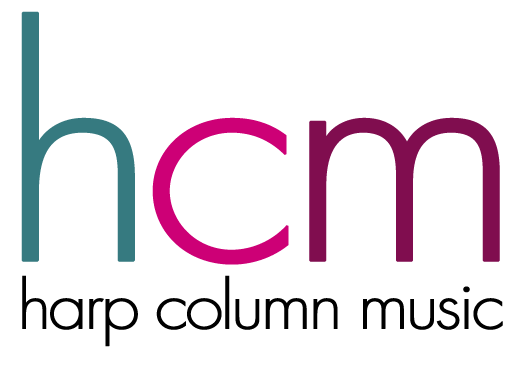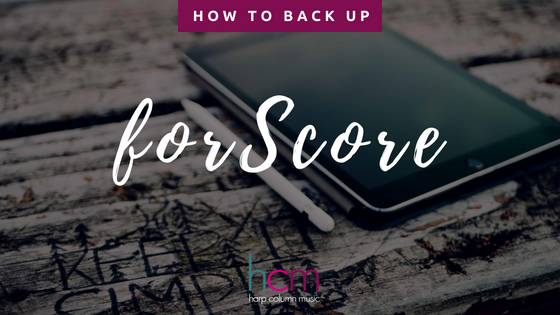Technology Tips
How to back up forScore
If you use the app forScore to manage your digital music library, then you will definitely want to understand how backups work. Why? If you’ve spent lots of time building your library and perhaps adding some fancy annotations (fingerings, pedals, etc.) with your fancy Apple Pencil, you’ll want to be able to restore that material quickly and easily if your device gets lost, stolen, crashes, or when you upgrade to next year’s newer, fancier model. Or maybe you want to import your markings to a second device, like I did last week when I took an older iPad to a gig to have on hand as an extra. Manually creating a forScore backup makes it easy to restore just your forScore library without backing up and restoring your entire iPad, which can be time consuming and something you might not want to do.
The first and most important thing to wrap your head around is that backing up forScore affects only the things you’ve done within forScore (annotations, links, buttons, setlists) and not your original PDF files. So let’s say you used your Apple pencil to make some markings for “Little Fountain” on iPad #1 and you want those markings to magically show up when you open “Little Fountain” on iPad #2. First, you’ll need to also import the “Little Fountain” PDF onto iPad #2 or your forScore backup will have nothing to link to. If you import a new backup that contains data for PDFs not on that device, it won’t hurt anything, you just won’t see those pieces in your library.
Therefore, you will also need to keep a backup of your PDF files (which you probably should be doing anyway), and I recommend Dropbox rather than your local hard drive. Why? Because it’s super easy to import your files into forScore using Dropbox, and you can do it from anywhere. Plus, if you’re making an investment of both time and money into building a digital library, you’re going to want to develop a system of saving and finding your PDF files that’s quick and easy to use on any device for years to come.
Now that we’ve gotten all that out of the way, the actual backup process is pretty simple. Just go to forScore—let’s say you’re backing up iPad #1—open the toolbox menu, and scroll to the bottom where you should see the option to “backup.” Click the + symbol to create a new backup, and forScore will automatically name and save this file with today’s date and the extension .4sb. This backup file is now on your iPad, but that isn’t going to do you much good if something happens to your device. So you’ll need to upload the file to somewhere you can get to it easily, and again I recommend Dropbox. (I created a “Backup Annotations” folder within the folder where I save my music PDFs, so everything is right there in one place.) In forScore, choose the “upload” icon next to the most recent backup file, and upload your backup file to your Dropbox folder.
To import your backup file onto another device—let’s say iPad #2—open forScore and then download the .4sb file the same way you would if you were importing a music PDF. Now go to the toolbox menu, choose “backup,” and you should see the file you just downloaded. You may see a list of files to choose from, so just be sure to choose the most recent file, and then choose “restore library and settings.”
Now open “Little Fountain” on iPad #2, and you’ll see that your fingerings, pedals, and links like half page turns or repeat buttons that you made on iPad #1 will magically have appeared. Remember though, this process will not import your PDFs. So if you don’t have the same PDFs on iPad #2 as you do on iPad #1, you won’t see those pieces in your library.
You can also create and import backups by plugging your iPad into your computer and using iTunes, which is in fact what forScore recommends. Personally, I find this method a bit tedious, since it usually leads down the slippery slope of updating and syncing all my apps and before I know it I’m shaving yaks.
Whichever method you choose, go make that backup. Your digital markings are too valuable to lose!





I did this before but now can not see any upload icons or markings beside the backup file. Can’t seem to find the info online elsewhere. What step am I missing to save my backup file to Dropbox? Thanks!